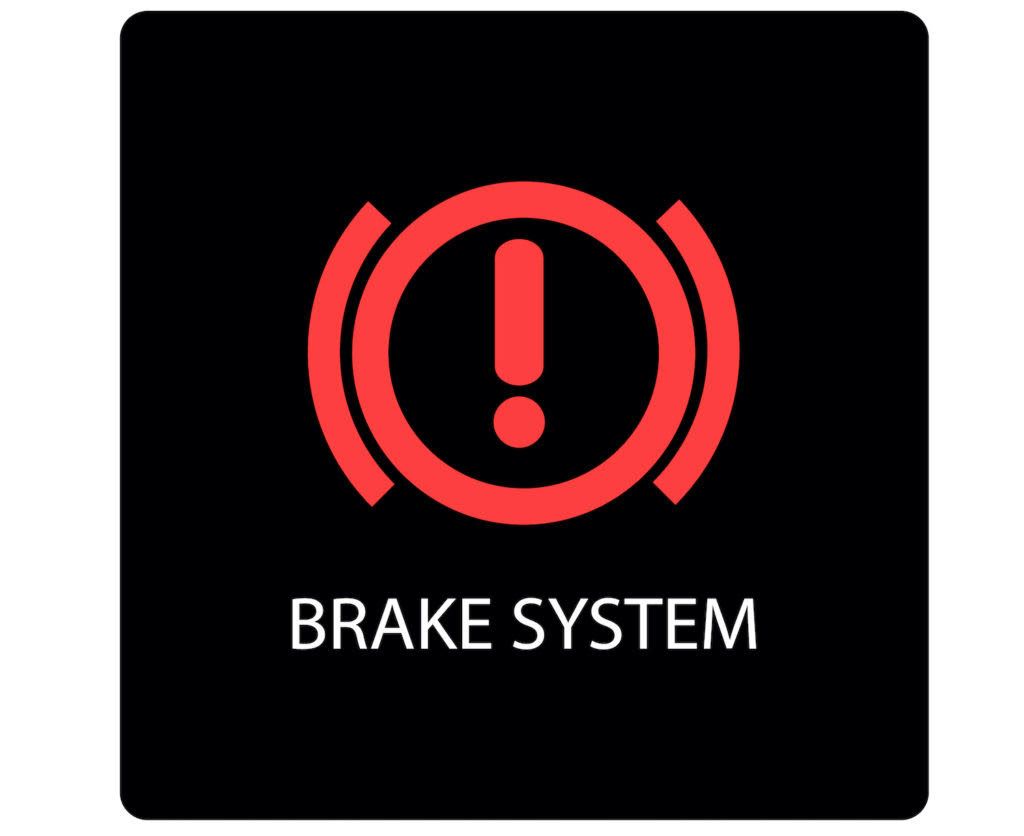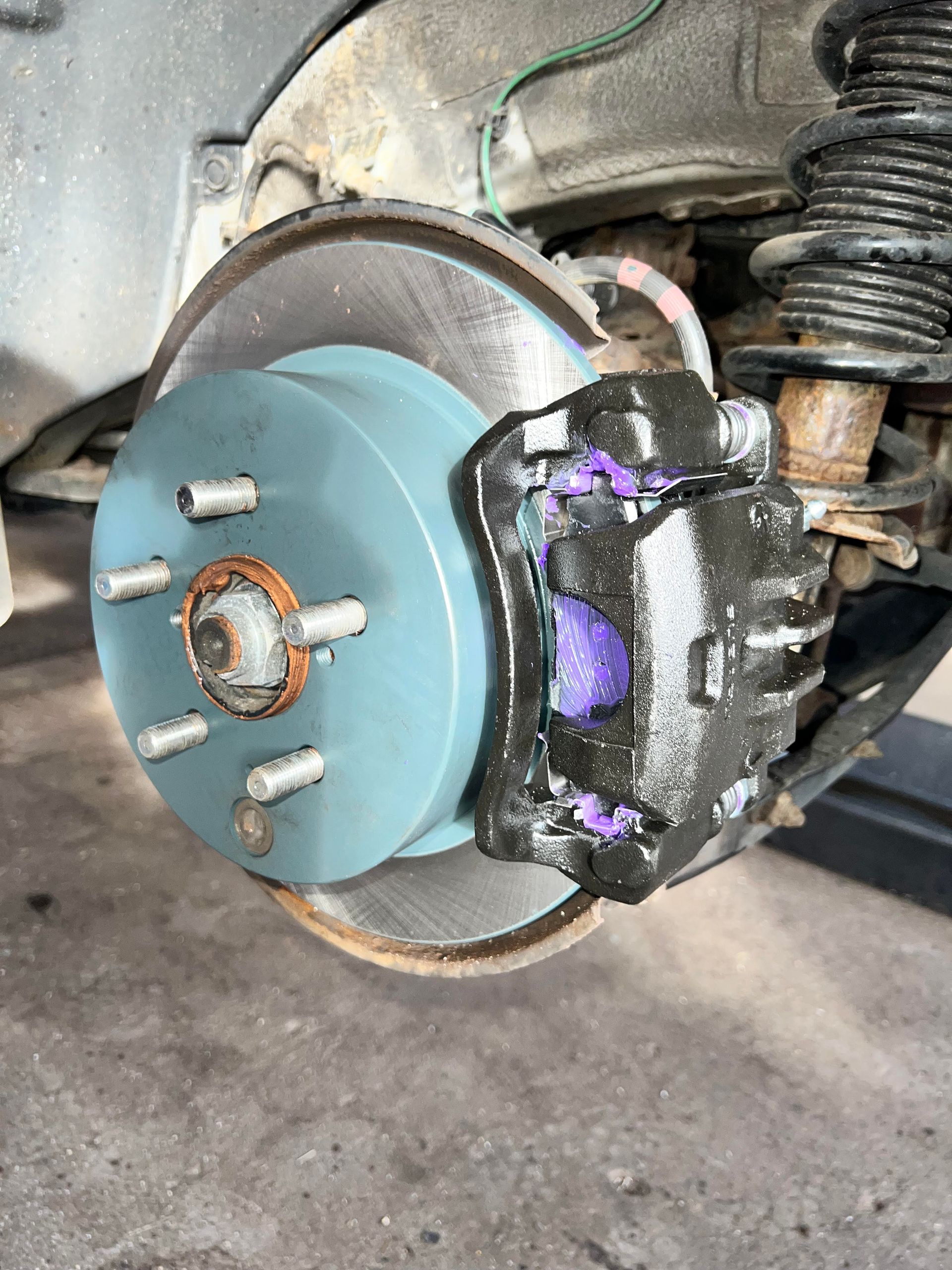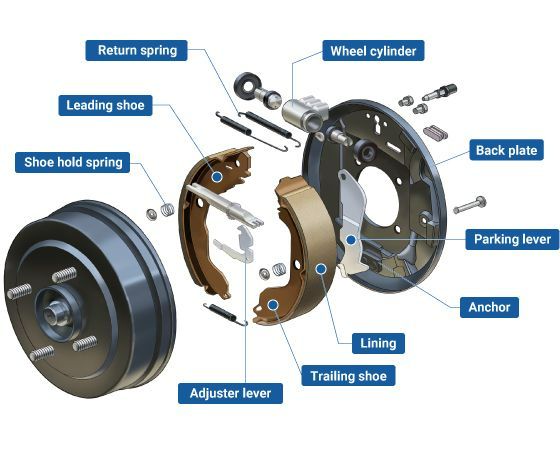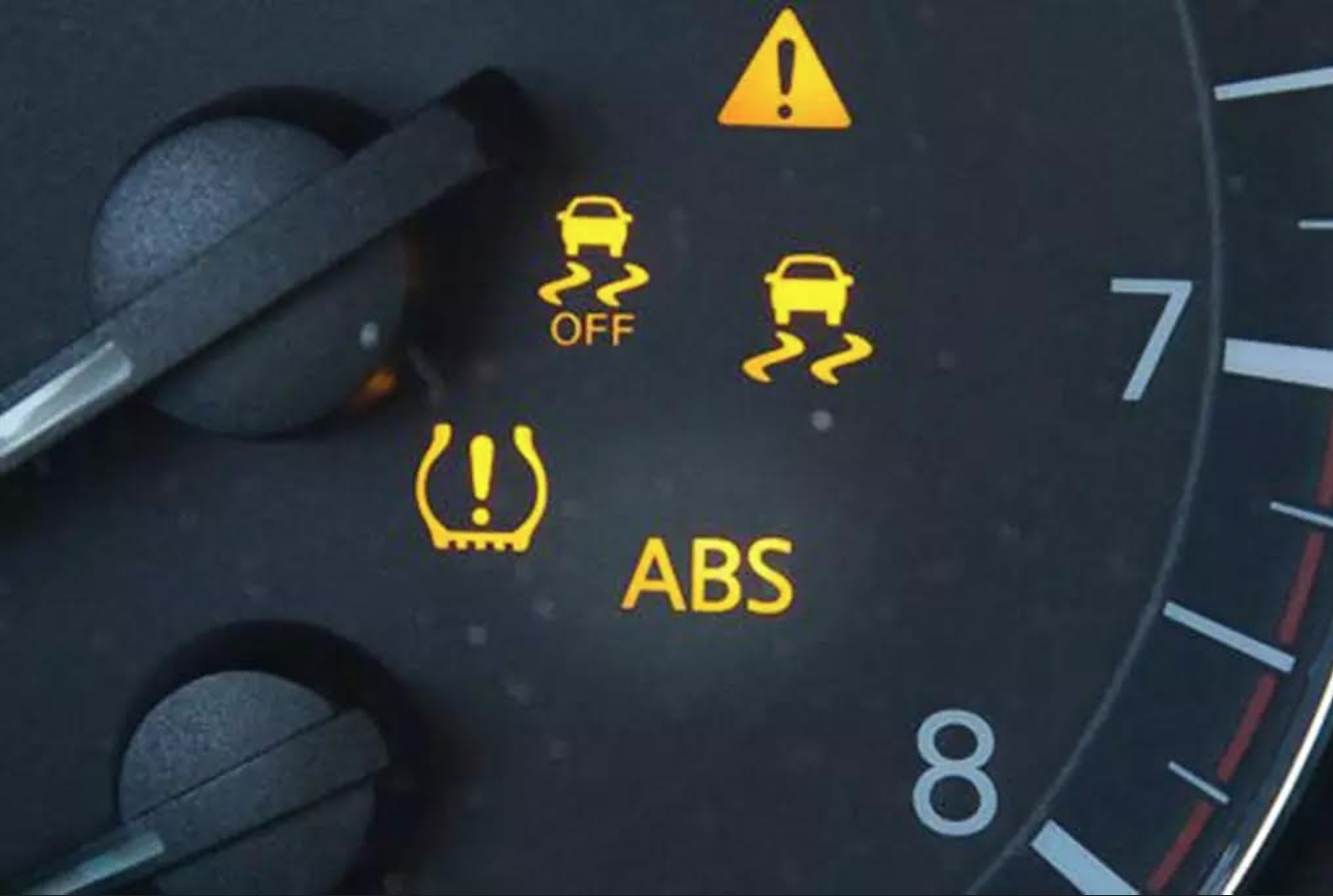Loading ...
Missing business hours data / Error occurred while getting the data.
Loading ...
Missing business hours data / Error occurred while getting the data.
Brake Repair and Service in Wells, ME
Common Warning Signs that your Brake System needs Service:
- Brake light or ABS light is illuminated on dash
- Soft or spongy brake pedal
- Scraping or grinding noises during braking
- Squealing noise during braking
- A pulsation or shaking in the steering wheel or brake pedal when braking
- Vehicle pulls to one side during braking
- Brake pedal travels all the way to the floor
- Brake pedal is hard to press down
- Signs of brake fluid leaks around the wheels or brake lines

We recommend servicing your brake pads or brake shoes or at least get them checked once a year. It's important to have them replaced when they are worn below specifications. We also recommend changing your brake fluid every 2 years or 30,000 miles.
Contact us at Archie's Off Road & Auto Repair center if you notice any Brake warning signs either by phone or clicking on our appointment link!
The braking system is the most important safety system on a vehicle today. This system slows down the wheels and brings the vehicle to a stop, when the driver depresses the brake pedal. Modern vehicles use two primary types of braking systems; disc brake and drum brakes.
Disc brakes are found on the front of all vehicles in the United States and many vehicles will have disc brakes on the rear wheels as well. Disc brakes usually last anywhere from 25,00 miles to 70,000 miles , depending on driving habits and terrain.
The main Components of a Disc Brake System include:
- Brake pads
- Brake rotors
- Brake calipers
- Master cylinder
- Brake hoses
- Brake lines
- Vacuum booster
- Brake fluid
- Brake pedal

A Drum brake system can be found on the rear of vehicles today. Drum brakes can be more difficult to service and repair compared to disc brakes. Drum brakes tend to generate more heat during braking, which can lead to brake fade and reduced braking performance.
The main components of a Drum Brake System include:
- Brake shoes
- Wheel cylinder
- Adjuster mechanism
- Return springs
- Brake shoe hold down springs
- Brake drums
- Parking brake lever
- Parking brake cable

Emergency Parking Brake-
Many of the passenger vehicles on the road today have an emergency parking brake (EPB) system. Emergency parking brake , also known as the hand brake, is an essential component in a modern vehicle for ensuring safety when the vehicle is parked or on an incline. The parking brake acts as an additional safety measure in case the primary brake system fails.
Types of Parking Brake Systems:
Hand Lever- In many vehicles, the parking brake is operated by pulling up on a hand lever located between the seats.
Foot Pedal- Some vehicles have a foot pedal parking brake, which is activated by pressing down on a pedal. This pedal is usually located to left of the other pedals.
Electronic Parking Brake (EPB)- In a alot of new vehicles, the parking brake is engaged and disengaged electronically via a button or switch . This system uses electronic motor actuators to apply force to the brake pads, rather then relying on a mechanical cable.
- Its important to remember to always engage the parking brake fully when a vehicle is parked.
- Before driving, remember to release the parking brake completely to avoid damaging the braking system or causing unnecessary wear!
ABS (Anti-lock Braking System) in a vehicle is designed to prevent the wheels from locking up during braking, especially in emergency or slippery conditions. The main components consist of the following:
1) Wheel speed sensors-ABS system relies on sensors at each wheel to monitor their rotational speed. These sensors send signals to the ABS control module.
2) ABS Control Module-This module is essentially the brain of the ABS system. It continually monitors wheel speed sensor readings.
3) Hydraulic Control Unit- The HCU modulates the brake pressure to each wheel independently. It is controlled by the ABS control module.

4) Pump and Valves- The HCU contains a pump and a series of valves. When the ABS system detects wheel lockup, it reduces the brake pressure to that wheel by momentarily releasing the brake fluid pressure with the help of valves. This prevents the wheel from skidding.
5) Brake fluid reservoir- The brake fluid reservoir supplies brake fluid to the HCU, which then distributes it to the brake calipers and wheel cylinders.
6) Brake Calipers/Wheel Cylinders- These components are responsible for applying the brake pads or shoes to the brake rotors or brake drums to slow down the vehicle.
Contact us at Archie's Off Road & Auto Repair center if you notice any ABS brake warning signs either by phone or clicking on our appointment link!
Loading ...
Missing business hours data / Error occurred while getting the data.
our address
Having trouble finding us?
Loading ...
Missing nap lines data / Error occured while getting the data.
